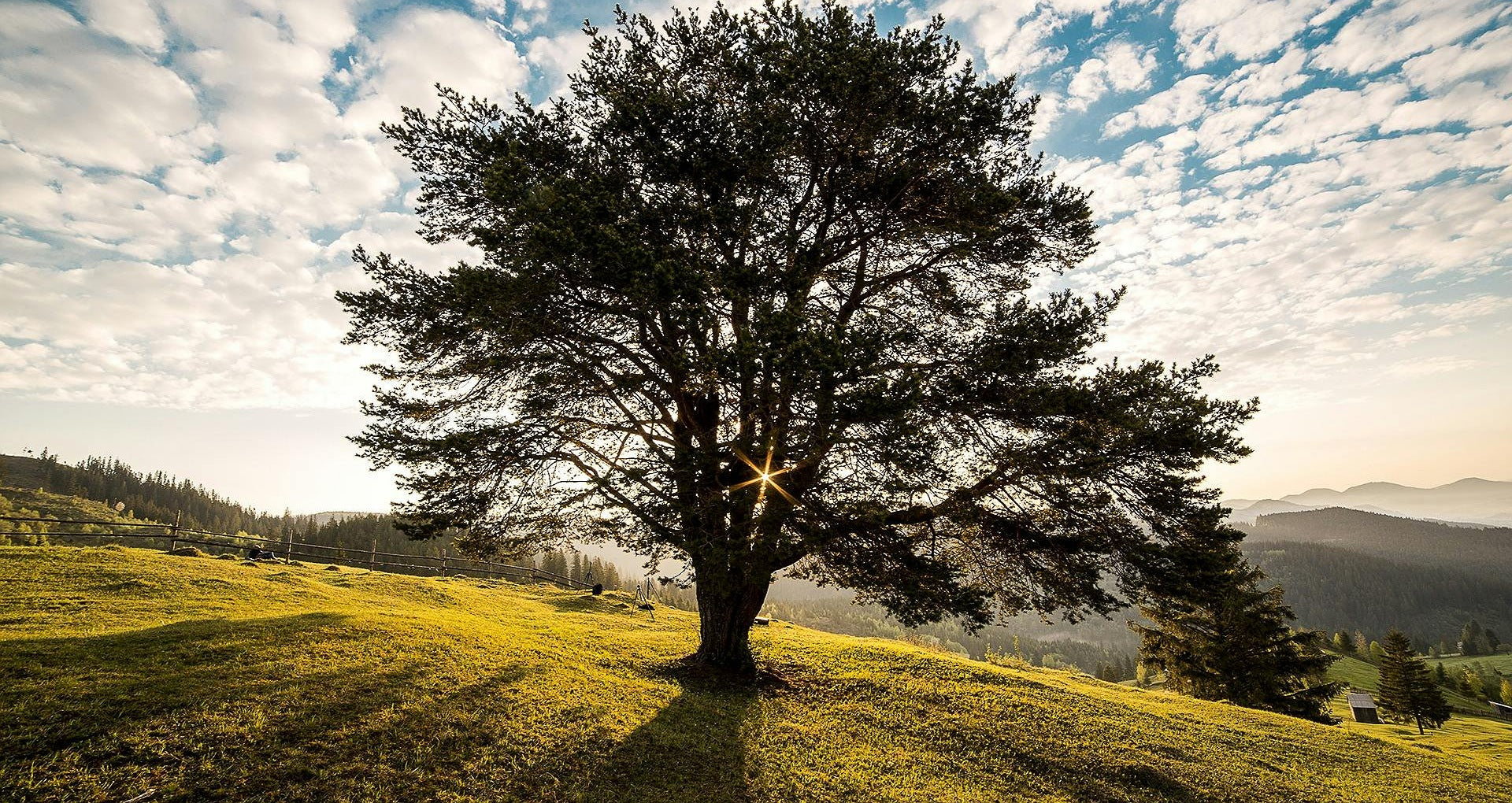Trees are one of the most extraordinary gifts nature has bestowed on mankind and are indispensable to life on earth. These silent witnesses of time and history play a crucial role in our environment, providing numerous benefits and services that are instrumental to our survival and well-being.
Our relationship with trees and forests certainly extends beyond the aesthetic appeal and recreational opportunities they provide. The understanding of these relationships marks the onset of a more comprehensive approach towards the sustainable management and conservation of our natural resources.
Importance of Trees in Environment Conservation
Trees are pivotal in conserving our planet’s ecosystem and biodiversity. They serve as life support systems for millions of species, including humans, offering them both shelter and sustenance.
Forests, which hold the majority of the world’s terrestrial biodiversity, play a vital role in maintaining ecological balance. Trees within these forests provide habitats for numerous species of animals and plants. They act as a buffer against extreme weather conditions and climate change by regulating the earth’s temperature and influencing rainfall patterns.
Additionally, trees also happen to be one of the most potent weapons in the war against global warming. Trees absorb carbon dioxide (CO2) - a primary greenhouse gas - and store it in their roots, stems, branches, and leaves throughout their lifetime, reducing the amount of carbon in the atmosphere.
Role of Trees in Soil and Water Conservation
Trees uphold the health of our soils and subsequently, our agricultural productivity. They control soil erosion by holding the soil firmly with their roots and reducing the severity of wind and water runoff. By shedding leaves that decompose into organic matter, trees further enrich and revitalize the soil.
Trees are not only guardians of our soils but also the protectors of our waters. They reduce water pollution by absorbing harmful chemicals and toxins from the ground. Forested areas significantly contribute to the availability and quality of water by assisting in groundwater recharge and maintaining watershed health.
Trees and Human Well-being
The contribution of trees to human well-being, both physical and psychological, is immense. Research shows that being in nature, amidst trees, has calming effects on the human mind, reduces stress, and improves mood. The green landscapes provide opportunities for recreation and aesthetic experiences.
In terms of physical health, trees in urban areas filter air pollution and provide oxygen. A single mature tree can produce enough oxygen for up to four people per day. They also offer shade and cool down urban areas, reducing energy consumption in buildings.
Economic Significance of Trees
Apart from their ecological importance, trees have substantial economic value. They provide a wide array of useful products such as timber, fruits, nuts, resins, gums, medicinal plants, and source of fuel. Furthermore, forest-based tourism creates jobs and provides income to local communities.
Conclusion
Our existence and our future significantly depend on trees. Preserving this precious natural resource is not only a responsibility but a necessity. Realizing the fundamental role of trees.


